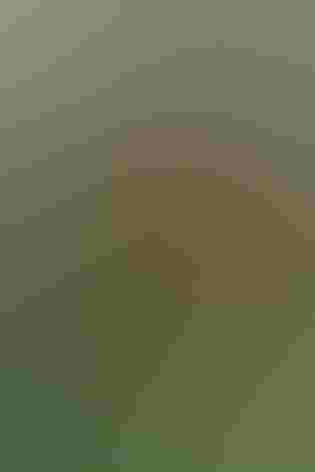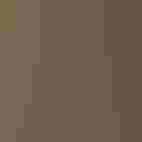Red Crossbill
At a Glance
These stubby little nomads are often first detected by their hard kip-kip callnotes as they fly overhead in evergreen woods. Red Crossbills in North America are quite variable, from small-billed birds that feed on spruce cones to large-billed ones that specialize on pines. Scientists have long puzzled over how to classify these different forms. New research suggests that there may be as many as eight different full species of Red Crossbills on this continent. Slight differences in callnotes are apparently enough to keep them from mixing, and several kinds may occur in the same area without interbreeding.
All bird guide text and rangemaps adapted from Lives of North American Birds by Kenn Kaufman© 1996, used by permission of Houghton Mifflin Harcourt Publishing Company. All rights reserved.
Category
Finches, Perching Birds
IUCN Status
Least Concern
Habitat
Arroyos and Canyons, Forests and Woodlands, High Mountains, Shrublands, Savannas, and Thickets
Region
Alaska and The North, California, Eastern Canada, Great Lakes, Mid Atlantic, New England, Northwest, Plains, Rocky Mountains, Southeast, Southwest, Texas, Western Canada
Behavior
Direct Flight, Flitter, Rapid Wingbeats, Undulating
Population
26.000.000
Range & Identification
Migration & Range Maps
No regular migration, but most populations are nomadic, moving about in response to changes in food supplies. Apparently does most traveling by day. Most of southernmost records (and most lowland records in West) are during winter.
Description
5 1/4-6 1/2" (13-17 cm). Females and some males dull yellow, most males dull brick-red, darker wings and tail. Crossed bill hard to see at distance. Note flocking and feeding behavior. Might represent up to nine species, differing only very slightly in callnotes and bill shape.
Size
About the size of a Robin, About the size of a Sparrow
Color
Black, Brown, Green, Red, Yellow
Wing Shape
Pointed
Tail Shape
Notched
Songs and Calls
Song chipa-chipa-chipa, chee-chee-chee-chee; also a sharp kip-kip-kip.
Call Pattern
Flat, Undulating
Call Type
Buzz, Chirp/Chip, Hi, Whistle
Habitat
Conifer forests and groves. Seldom found away from conifers. Depending on region of continent, may breed mainly in pines, or may be in spruce, hemlock, Douglas-fir, or other evergreens. Different races may favor different forest types. Wandering flocks may appear in plantings of conifers in parks or suburbs well away from usual range.
Sign up for Audubon's newsletter to learn more about birds like the Red Crossbill
Behavior
Eggs
3-4, sometimes 5, rarely 2. Pale greenish white or bluish white, with brown and purple dots mostly concentrated at larger end. Incubation is by female, 12-15 days. Male feeds female during incubation.
Young
Female spends much time brooding young at first, while male brings food for them and for her; later, both parents feed nestlings. Young leave nest about 18-20 days after hatching.
Feeding Behavior
Typically forages by clambering about over cones in evergreens. Forages in flocks. Different forms of Red Crossbill specialize on different kinds of conifers, with large-billed birds often choosing trees with larger cones.
Diet
Mostly seeds of conifers. Seeds of pines and other conifers are favored foods whenever available. Also eats buds of various trees, seeds of weeds and deciduous trees, some berries, insects. Much attracted to salt. Young are fed regurgitated seeds.
Nesting
Timing and distribution of nesting are quite irregular, the birds often breeding when cone crops are best. In many regions, nesting is typically in winter or spring, but may be at practically any season (except perhaps in mid to late fall). In courtship, male may perform flight song display, and may feed female. Nest: Placed on a horizontal branch in conifer, often well out from trunk, usually 10-40' above ground but can be lower or much higher. Nest (built by female) is a bulky open cup, loosely made of twigs, bark strips, grass, rootlets, wood chips, lined with fine grass, moss, lichens, feathers, hair.
Conservation
Conservation Status
Although Red Crossbills as a group are widespread and common, some of the forms (or evident species) are localized, specialized, and vulnerable to the loss of their particular habitat.
Climate Threats Facing the Red Crossbill
Choose a temperature scenario below to see which threats will affect this species as warming increases. The same climate change-driven threats that put birds at risk will affect other wildlife and people, too.






